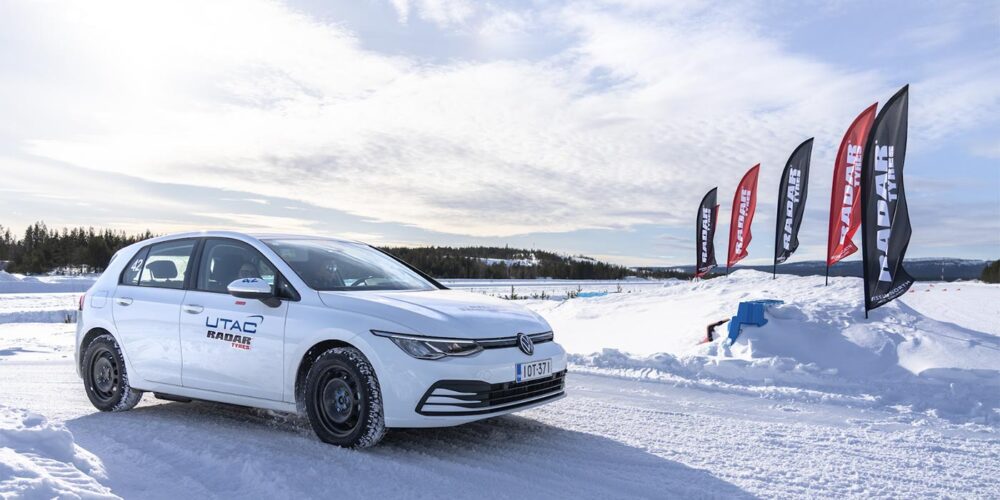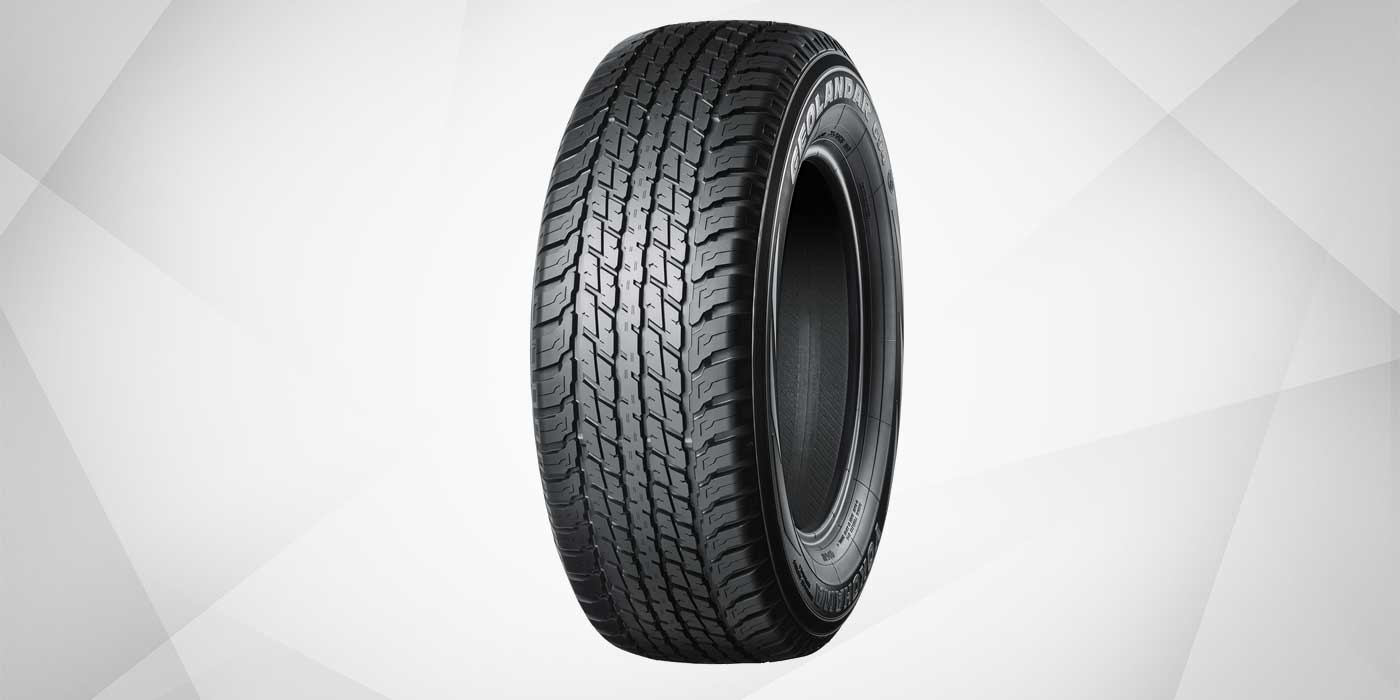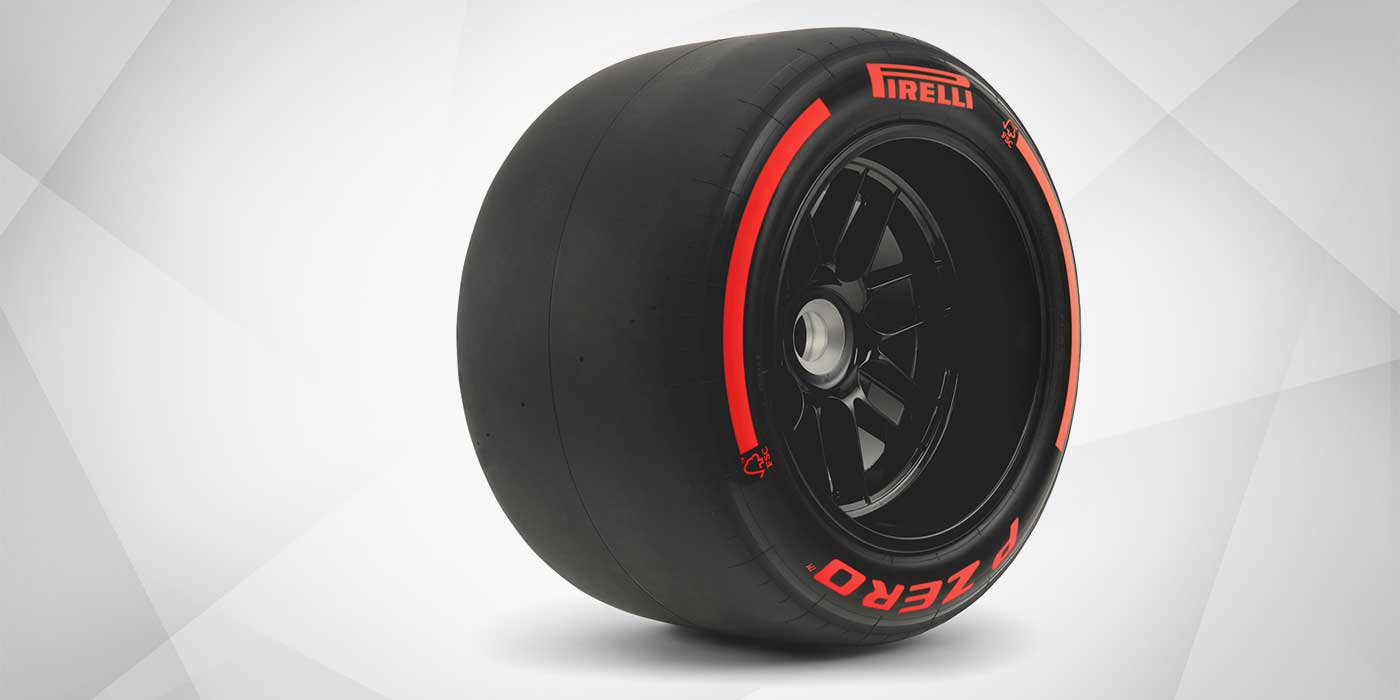Settlement in case where a defective tire blew and vehicle roof crushed the driver because of a defective weld, causing multiple injuries: $3 million.
Settlement when wheel came off of a moving truck and struck a driver in the chest, killing him: $1,875,000.
Do I have your attention? The preceding statements were taken directly from a law firm’s Web site. Reading further down the list of settlements, several indicate that this firm was able to gain a successful verdict for a client after another lawyer had advised the plaintiff that there was no case.
I have two words: ambulance chaser.
How many times have we let our guards down when it comes to following proper procedures and safety guidelines so that we can address the next customer or deal with the next problem?
One of the above cases dealt with a “wheel off,” one of the most common situations in our industry. Just last week, we replaced a lug and stud that was destroyed because the technician (who worked at a national chain) barely placed the lug on the stud, then hit it with the impact gun. The nut was not threaded properly and the impact gun didn’t seem to care.
Lug nuts are part of the wheel off landscape, so let’s get back to basics, at least as it involves some performance fitments.
There are a number of different types of lug nuts and sizes, some of which are very close but are not interchangeable. Knowing these differences and how to properly torque the lugs will help you avoid being involved in a case like the ones above.
Lug Nut Know-How
Going back before many of us, including myself, were even born, the Mag style lug nut was common on Cragar S/S, Keystone Klassic and American Racing Torque Thrust wheels, among others. I still sell and install many of these types of wheels and lugs, especially since the muscle car market continues to grow. The Cragar and Keystone wheels are built for tri-lug fitment, which means you can use the same wheel on a 5×4.5, 5×4.75 and 5×5 (1/2-inch stud only) bolt pattern.
This can be one of the most difficult wheels to install and center on a vehicle. First of all, make sure that you have the correct length shank. Most of the wheels mentioned here use a 3/4-inch shank, which is measured from the bottom of the hex to the tip of the lug nut.
You should have about 1/8-inch of clearance between the end of the shank and the mounting surface of the wheel.
There are other Mag shank lugs with varying lengths. Each is designed to fit a specific wheel application and will also need a washer, either separate or built on. The washers are quite a bit different, as well. Take a look at these Cragar style washers.
Notice that each has a round outside diameter, but one has the hole punched in the center and the other is offset. The center-punched hole washer is for 5×4.75 bolt patterns. The offset washer is used for 5×4.5 and 5×5 bolt patterns. Notice that the washers are stamped “wheel side.” Make sure to place this side toward the wheel surface because the washer is concave, which assures that constant tension is being applied to the lug nut.
The Keystone washers have an oval outside shape and are flat. Center punched and offset versions are used for the same applications mentioned above with the Cragar.
The AR Torque Thrust uses a plain round, center-punched washer for each of the bolt patterns.
The next progression was the ET Mag.
This is a conical seat lug nut with a short – usually 1/4-inch – shank at the bottom. The original wheels required this lug, along with a special washer that was beveled around the punched hole to allow for the lug nut to seat in the center of it. This wheel application isn’t used today, but the ET Mag style lugs are common.
One benefit is that the short shank design can be used in many (but not all) wheels to help center the wheel onto the lug studs. Try them combined with centric rings to make a front-wheel drive car with lug centric wheels ride smoother.
The most common type of lug nut is the conical seat lug nut, sometimes referred to as acorn style. The seat on this lug nut is almost always at a 60-degree angle. (There have been variances in the past that required using the wheel manufacturer’s lug kit. This practice was short lived and, hopefully, most of the wheels aren’t around any longer.) The two basic styles are a bulge hex, which has a 3/4-inch diameter hex, and the standard acorn, which has a 13/16-inch diameter hex.
Taller versions known as duplex length are common today because of longer lug stud length. If you use a standard length lug nut on a long lug stud, the lug will bottom out and will not apply the correct amount of clamping force to the wheel. This can lead to a wheel off.
To check and see if this is happening, take a black marker and coat the inside of the top of the lug nut. Run the lug nut down and apply the proper amount of torque. Remove the lug nut and inspect it for scratches in the black ink that would indicate that the lug stud has made contact with the top of the lug nut. Use a longer lug to avoid this.
Also, while we are on this subject, the general rule that we use is to make sure there’s at least 1/2-inch of thread engagement for 1/2-inch and 12mm diameter lug studs, and 5/8-inch engagement for 9/16-inch and 14mm diameter lug studs.
As for European fitments like BMW and Mercedes-Benz, a lug bolt is used instead of having a lug stud mounted to the vehicle with a separate lug nut.
In addition to the overall design, one type uses a conical seat and the other uses a ball seat. There are also variances in the length of the stud below the seat. When installing custom wheels on this type of vehicle, do not assume that the OE lug bolt will work with the new wheel. Some wheel manufacturers drill a conical seat in their wheels that fit Mercedes-Benz, which comes OE with a ball seat lug bolt. You have to change the lug bolts to fit the wheel and determine how long the length of the threads should be. Too short and the lug stud could back out of the hub. Too long and you can damage internal brake components, especially on the rear.
What I do is place the OE lug bolt into the OE wheel and measure how far beyond the mounting surface of the wheel the threads extend. Then I match this length with the new conical seat lug bolt. This ensures that we aren’t going to have any issues.
One of the latest styles of lug nuts to be introduced is the tuner style. The original design appeared in the late 1990s. It is smaller in diameter, has an open-end and uses a key that fits into the head of the lug nut.
This design is still in use today, but it has drawbacks. First, the key that fits into the head of the tuner lug can get worn, causing it to slip inside the lug. Second, if the lug stud is too long, it will drive the key out of the head of the lug nut, which prevents you from applying the correct clamping force. Lastly, the open-end design allows for moisture and corrosion to set up. This can seize the lug to the stud over a period of time.
Shortly after the introduction of the tuner lug, the spline drive was introduced. This is a closed-end version that has the same narrow diameter and looks much like a lug lock. The key fits over the outside and has a better fit than the open-end tuner lugs.
In regards to measurement, SAE and metric lugs are measured differently. For SAE lugs like 1/2-20, the 1/2 indicates the diameter of the stud that it fits and the 20 indicates 20 threads per inch.
Conversely, metric sizes like 12mmx1.5 indicate the diameter of the stud that it fits to be 12mm and that there is 1.5 millimeters between the threads. A 12mmx1.25 is a finer thread pitch and a 14mmx2.0 is a courser thread pitch.
A 1/2-20 lug will almost work on a 12mmx1.25 lug stud, so always run lug nuts on by hand as far as you can before torquing to spec.
When installing lug nuts, check a reference manual like Tire Guides, Wheel & Tire Industry Poster from SEMA or other technical reference. All lug studs are not created equal. Look at any of these guides and you’ll find a wide variation in the specified torque, even for the same size lug stud. I found ranges from 65 up to 100+ ft.-lbs. for 12mm lug studs.
Applying too much torque can be as bad as not enough, so be sure to recalibrate your torque wrenches periodically and keep a record.
Remember, there is a target on your back and a law firm like the one mentioned earlier has you in the crosshairs. Don’t give them any reason to hunt you down.













